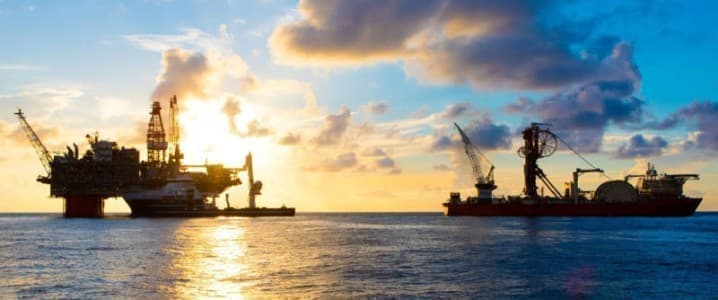The landscape of U.S. oil production is undergoing a significant transformation as the focus shifts from shale to offshore drilling. This change comes in response to technological advancements and the maturation of shale resources. Earlier this year, the U.S. Energy Information Administration (EIA) projected that oil output from Gulf of Mexico fields could increase from the current 1.8 million barrels per day to 2.4 million barrels per day by 2027. This optimistic forecast is echoed by the Bureau of Ocean Energy Management, which cited federal support in the form of streamlined permitting processes, technological improvements, and renewed investment interest in offshore operations.
In a pivotal move this month, BP announced a substantial investment of $5 billion into a new offshore initiative in the Gulf. This venture, known as the Tiber-Guadalupe project, is expected to tap into reserves estimated at 350 million barrels of crude oil, adding 80,000 barrels per day to BP’s total U.S. output. The company aims to increase its production to over 1 million barrels per day in the near future.
The offshore sector is not solely reliant on BP’s efforts. Earlier this year, a joint discovery by BP and Chevron in the Far South prospect highlighted the ongoing potential of the Gulf region. An executive from BP remarked, “This Far South discovery demonstrates that the Gulf of America remains an area of incredible growth and opportunity for BP.” Furthermore, Talos Energy recently announced a significant discovery dubbed the Daenerys find, which Wood Mackenzie has identified as the most important since Shell’s Whale discovery in 2017. Analysts suggest that this discovery could yield 65,000 barrels per day at peak production rates and could pave the way for further exploration in the area.
As the offshore sector gains traction, the shale industry faces challenges. For years, shale was favored due to its quicker production timelines compared to conventional offshore fields. While a shale well could begin production in a matter of months, the rapid depletion rates have compelled shale operators to continually drill, often leading them into less productive areas of the patch. Concerns about declining well productivity and rising costs have resulted in a more cautious approach from many producers.
The volatility of global oil prices further complicates the situation. An executive referenced in the Dallas Fed Energy Survey noted, “We can make money at today’s oil prices. But with costs climbing and politics in play, we’d rather pay dividends than take big risks.” In contrast, offshore drilling, while initially requiring high capital investments, has benefited from advancements in technology that allow for deeper drilling and access to previously unreachable reserves. Talos Energy’s chief executive, Paul Goodfellow, indicated that their offshore projects could remain profitable even if international oil prices fell to $35 per barrel, with breakeven points for offshore operations potentially dropping as low as $20 per barrel. In comparison, the breakeven average for onshore operations is around $48 per barrel.
The EIA’s outlook for Gulf oil production indicates a rise to 1.89 million barrels per day this year, expecting further increases to 1.96 million barrels per day by 2026. In stark contrast, onshore production is projected to increase by only 190,000 barrels per day, marking the slowest growth since 2010, excluding the pandemic years. Analysts from Energy Aspects predict that offshore production will increasingly offset declines from onshore operations, provided that favorable federal policies remain intact.
The previous administration’s prioritization of local energy production has played a crucial role in bolstering offshore growth by easing regulatory restrictions and enhancing productivity. Should the political landscape shift, a Democratic administration may alter the future trajectory of offshore oil production significantly.







